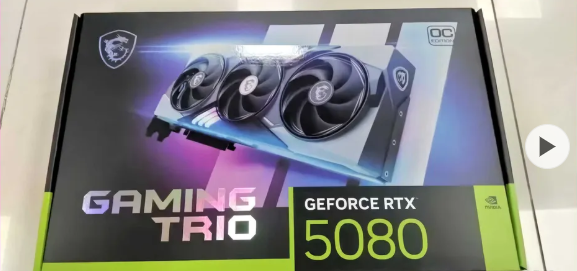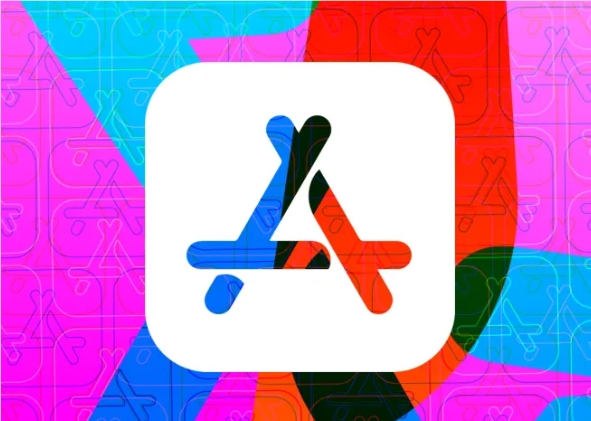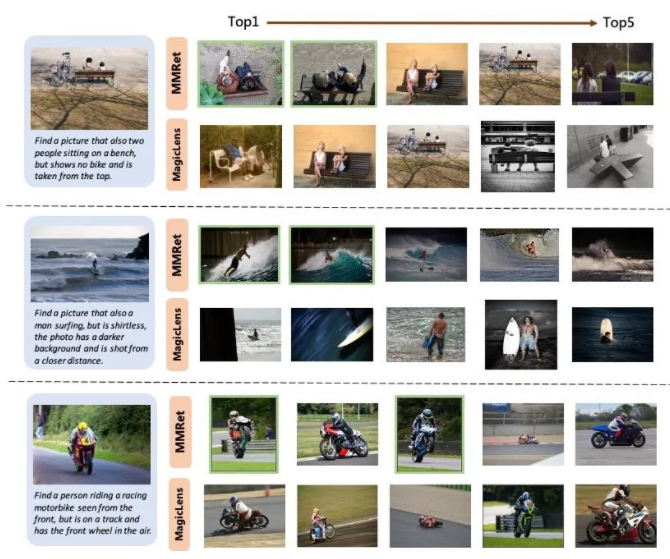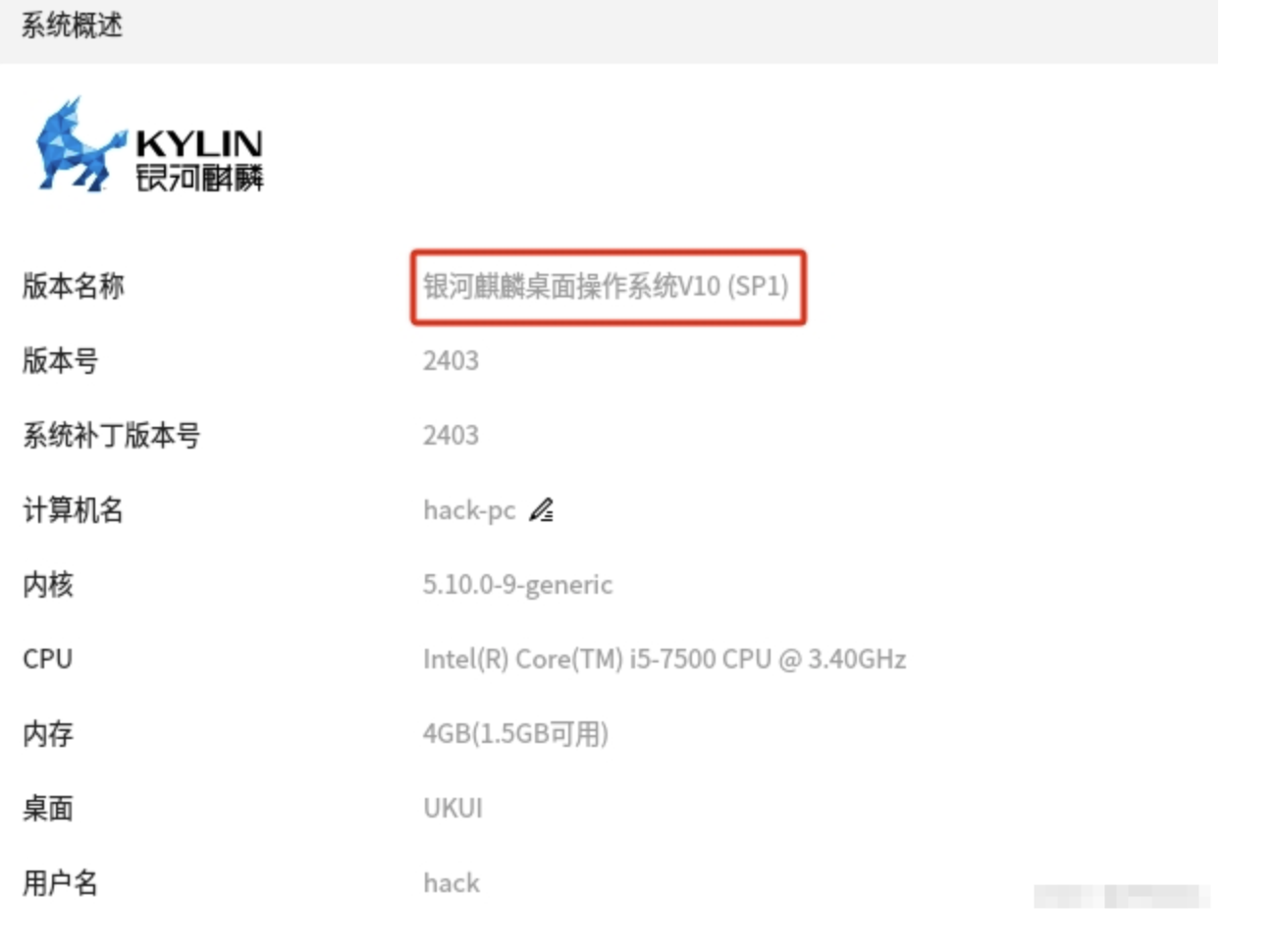Recently, Nvidia's upcoming RTX5080 graphics card was unexpectedly exposed on the Internet, and related pictures attracted widespread attention. These images showed the retail packaging of the MSI Gaming Trio RTX 5080 graphics card, and although it was quickly removed, its contents provided gamers and technology enthusiasts with some key details about the new graphics card.
According to sources, the images first appeared on the ChipHell forums and were quickly deleted. Although leaks on this forum happen from time to time, and a lot of the information needs to be treated with caution, judging from the pictures, the content seems to be quite credible. It is worth noting that these photos indicate that the RTX5080 is likely to be Nvidia’s first Blackwell architecture graphics card to be released, and is expected to be officially released on January 21, 2025.

From these leaked packaging images, we know that the RTX5080 will be equipped with 16GB of GDDR7 video memory and still use a 256-bit memory bus, which means that it will be very powerful in terms of 4K game performance. In addition, the RTX5080 may also become the first consumer graphics card to support the PCIe5.0 interface standard. It is equipped with Nvidia's GB203-400 Blackwell GPU and is expected to have 10,752 CUDA cores.
If the Blackwell architecture maintains a SM structure similar to the previous generation Lovelace, the number of cores in the RTX5080 may reach 84, which also means that it will have more powerful performance in ray tracing and AI computing. Although these specifications are not officially listed on the packaging yet, the truth will soon emerge as CES2025 approaches.
However, despite news that the RTX5080 is expected to perform 10% faster than the RTX4090, its power consumption may be comparable to the Lovelace flagship graphics card, which worries some players. With Nvidia's release schedule approaching, everyone's expectations for this new graphics card are also rising.







